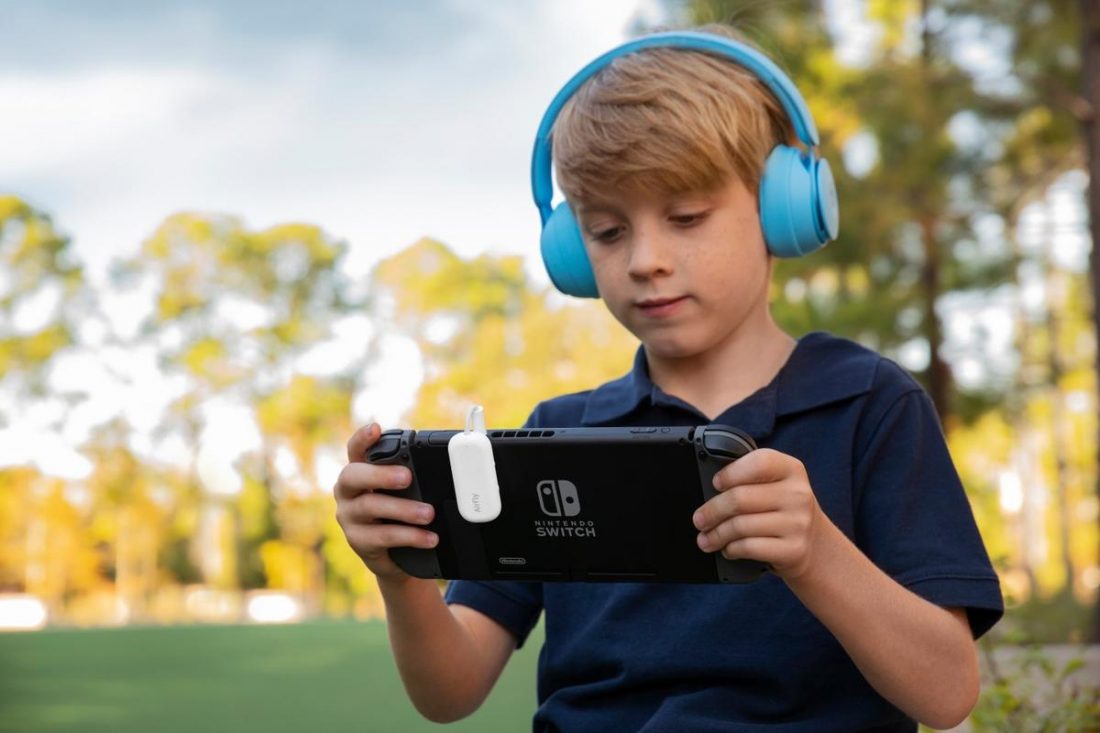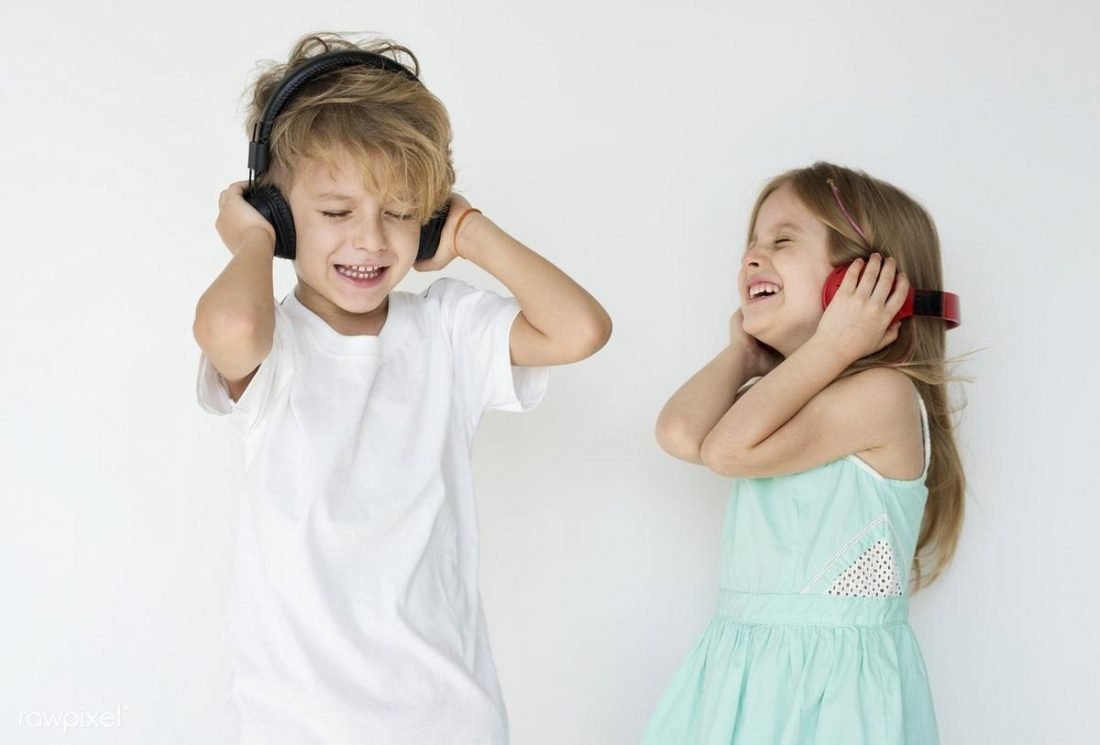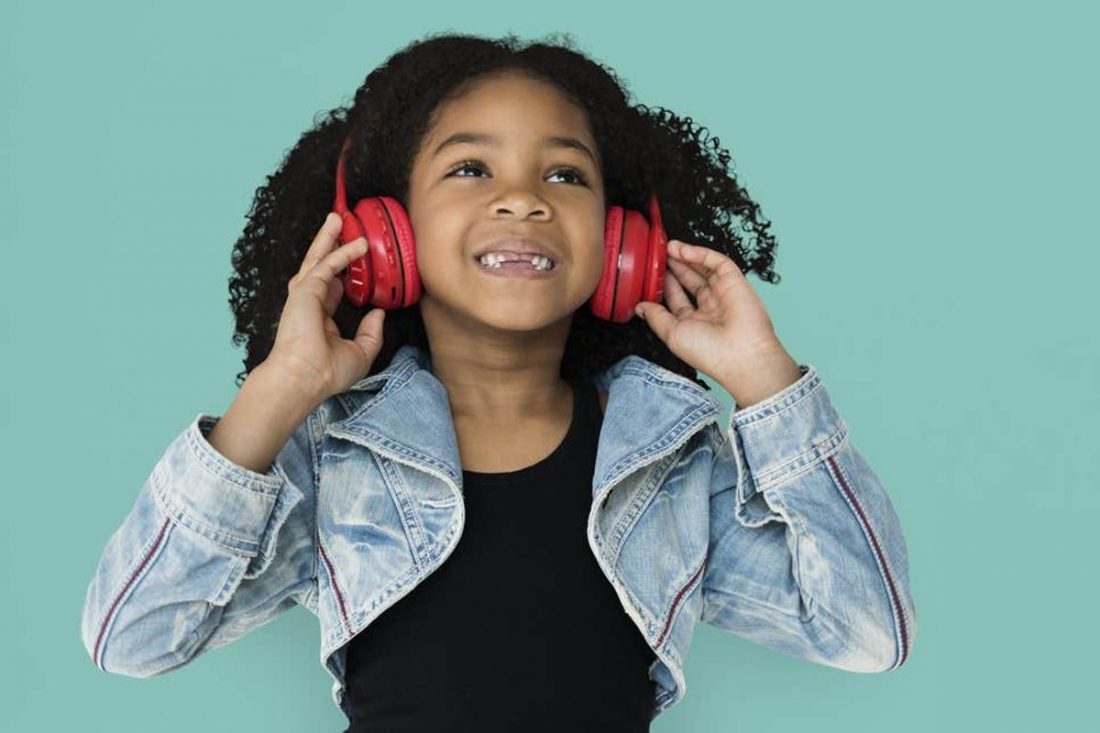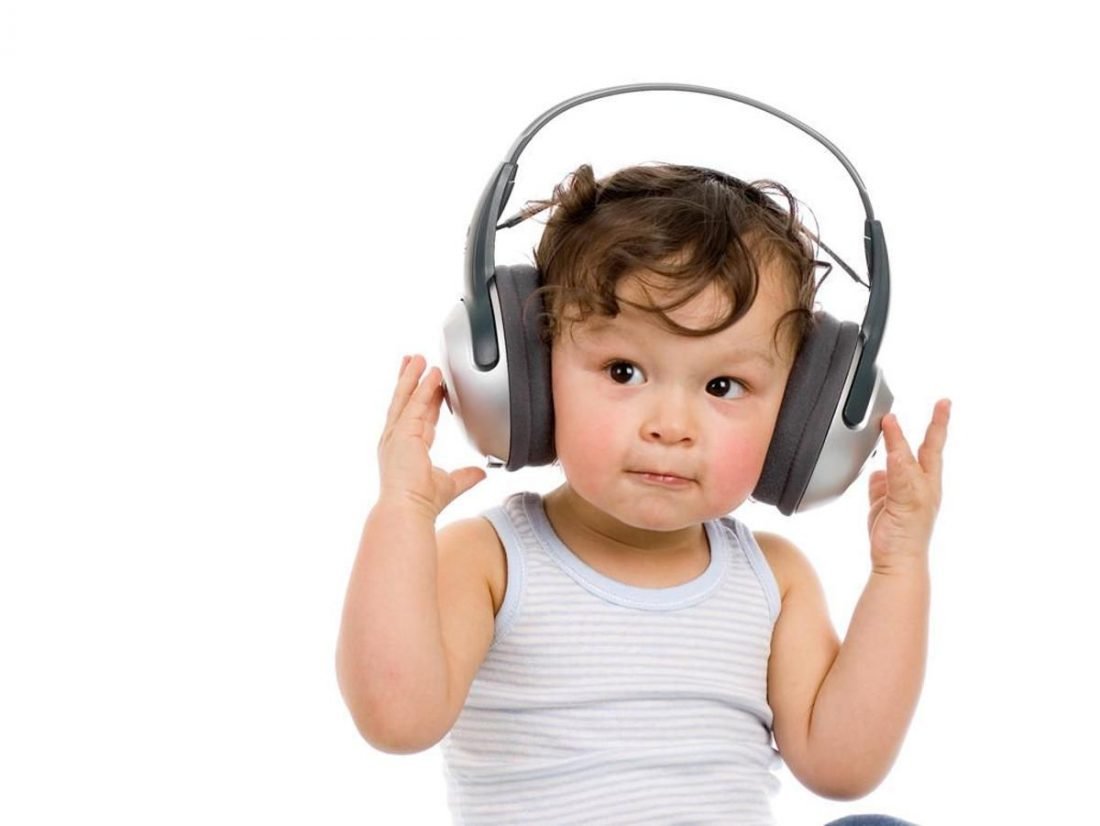Listening to loud music can be fun and exhilarating. Doing so for long periods of time, however, leads to ear damage. It can be especially more damaging to children because their ears are less developed. Frequently listening to music at high levels can even lead to their hearing loss. The good news is that there is a device that allows both adults and children to enjoy their music without compromising their health – volume-limiting headphones and earbuds. This article will tell you more about this wonderful invention, focusing primarily on volume-limiting headphones for children. After you finish reading, you will have the answers to the following questions:
Why do volume-limiting headphones matter? How do they work? Is it safe? Where can you find them?
Read on!
Why Do Volume Limiting Headphones Matter?
Volume limiting headphones are an asset because children today typically have unlimited access to phones and other devices that play noises. Headphones that do not have this volume limiting feature may emit sounds at levels that cause ear damage and even hearing loss if used overtime. Volume limiting headphones give you the assurance that your child cannot play music at dangerously high levels. This means he or she will be far less likely to damage their hearing. And, although this feature is designed for children, this kind of headphone can be used by people of all ages. You can protect your hearing, too!
How Does Volume Limiting Work?
Unlike regular headphones that can emit sounds of up to 115 decibels (dB), the sounds emitted by volume limiting headphones typically only go up to 85 dB, which is a safe level. Volume limiting devices essentially work through the use of resistors – devices that create resistance in an electric circuit. These resistors are embedded either in the cable or inside the RCA connector. They lower the flow of current from the source of the sound to the output, and the result is sound levels within the safety limits. Regular headsets with no inherent volume limiting capability can still limit volume levels with the use of an adaptor. These specific adaptors are short cables that have resistors embedded in them. All you need to do is attach these adaptors to your existing headphones’ cable and your favorite headphones now have volume limiting capability. This can save you money because adaptors cost considerably less than brand new volume-limiting headphones.
Are Volume Limiting Headphones Safe?
The World Health Organization (WHO) pegs the daily recommended safe volume level of any sound at a maximum of 85 dB for a duration of eight hours. This was calculated using risk assessment techniques and by incorporating the hearing thresholds of people with hearing loss. As sound levels increase, listening time that is considered safe also decreases. For example, if you decide to listen to music at 100 dB, the study shows that you can only do this for two hours without any hearing impairment risk. In volume-limiting headphones, volume limits are typically set to 85 dB but some can emit sounds at lower levels. Others can emit sounds as high as 96 dB. Taking note of each device’s specific volume cap is important because you need to be assured your child won’t listen to sounds at dangerously high dB levels. It is beneficial for children and adults to set time limits for headphone use and to take regular breaks from listening.
Where Can I Find Them?
Here is a list of a few favorites you can check out:
Puro Sound Labs BT2200 85 dB Volume Limited Kids’ Bluetooth Headphones iClever Kids 94 dB Volume Limited Headphones KPTEC Foldable 93 dB Volume Limited Headphones
Adaptors for headphones can also be found in store or online. Their prices can go from USD$5 to USD$30 or more. Here are some trusted products you can take a look at:
1-165119 VC20 In-Line Headphones Volume Controller Shure EAADPT-KIT Adapter Kit iFi Ear Buddy Audio Attenuator Cable for Headphones
Conclusion
If your child likes to listen to music, volume-limiting headphones are crucial to their hearing protection. This wonderful invention allows your kid to listen without compromising his or her future ear health. Volume limiting headphones are also good for you, giving you the peace of mind knowing your kid is in good hands. You can even use the headphones yourself to listen to music at safe levels. Be sure to do your research on the best kids’ headphones to find your child’s new favorite pair. After that, you’ll be ready to select the perfect, safest headphones for you and your little one.



